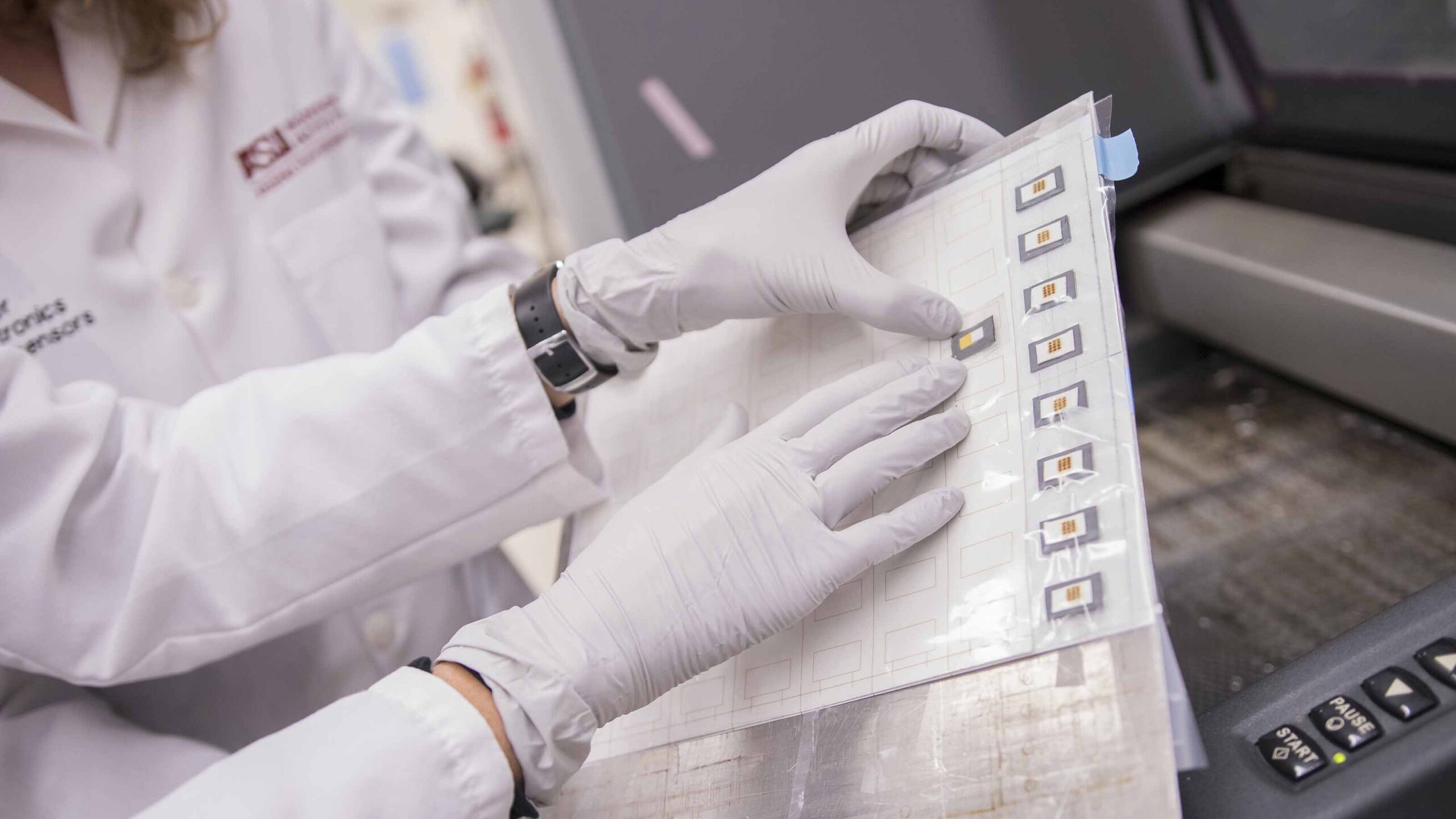
Research
Our research areas reflect the diversity of the electrical engineering profession and range from the very small, such as nanoscale electronic devices and their modeling, to the very large, such as the U.S. electric power grid and its control. Our faculty includes experts in many application areas, such as the design of flight control for aircraft and the implementation of neural interfaces for biomedical applications.
Graduate students are involved in all of our research activities and have access to state-of-the-art facilities, such as the electromagnetic anechoic chamber, the wireless communications lab and the integrated circuit fabrication cleanroom. Some programs offer students theoretical approaches for the design of communication systems, while others include the implementation of wireless communication devices, such as the circuits in cell phones.
These research efforts align with national and international efforts to address worldwide challenges in energy production and distribution, communications technology and information management, health care technology and delivery, sustainable development and economic growth and global security.
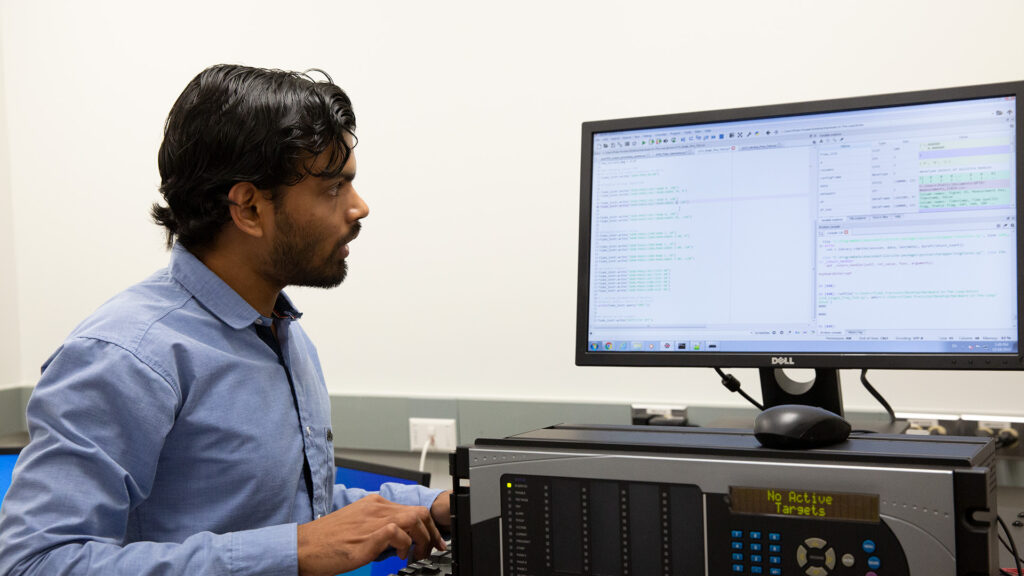
Control systems
Control systems ensure the safe delivery of the proper amount of electricity to power our lives.
The School of Electrical, Computer and Energy Engineering’s systems and controls program includes nine graduate courses in the areas of linear and nonlinear control systems, real-time and digital control systems, optimal control, distributed parameter systems, adaptive control and neural networks. In addition, the theoretical material taught in the upper-division undergraduate and graduate courses is enhanced through the use of computer and experimental projects.
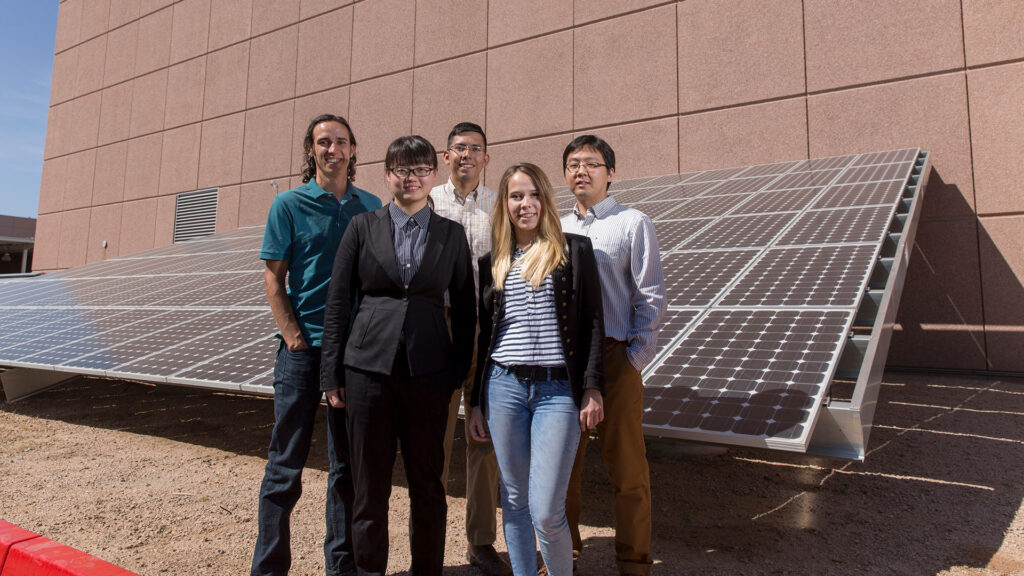
Electric power and energy systems
Electric power and energy systems keep electronics, climate control and many other essential devices on.
The School of Electrical, Computer and Energy Engineering’s electric power and energy systems curriculum includes six upper-division undergraduate courses and 14 graduate courses in the area of power system analysis, power generation, transmission and distribution, power system dynamics and stability, energy conversion, electric machines, power electronics, high voltage engineering and nuclear power engineering.
Arizona State University is the lead higher education institution in the Power Systems Engineering Research Center (PSERC), an industrially and federally supported program of industry and university cooperation. Students are exposed to industrial projects, professional society meetings, laboratory experience and research partially supported by PSERC.
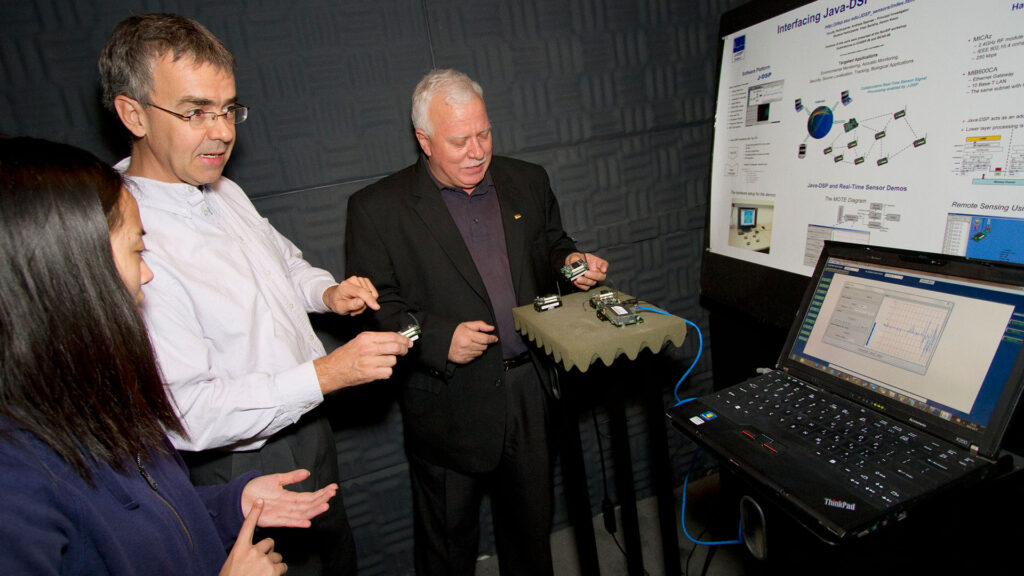
Electromagnetics, antennas and microwaves
Electromagnetics, antennas and microwaves are essential for communications devices like cell phones.
The School of Electrical, Computer and Energy Engineering’s electromagnetics, antennas and microwave circuits curriculum includes senior-level undergraduate and graduate-level courses in the areas of electromagnetics, antennas, microwave and terahertz circuits and devices, fiber optics and lasers. Computers and associated software are incorporated in many of the upper-division undergraduate and graduate courses to enhance the theoretical material taught in the courses.
Faculty members in the electromagnetics group are involved in researching many areas of applied electromagnetics, including metamaterials; smart antennas; beamforming and scanning techniques; flexible antennas; miniature, wideband and reconfigurable antennas; tunable and reconfigurable microwave circuits; RF microelectromechanical systems; biomedical applications; metamaterials; and fast computational electromagnetic methods.
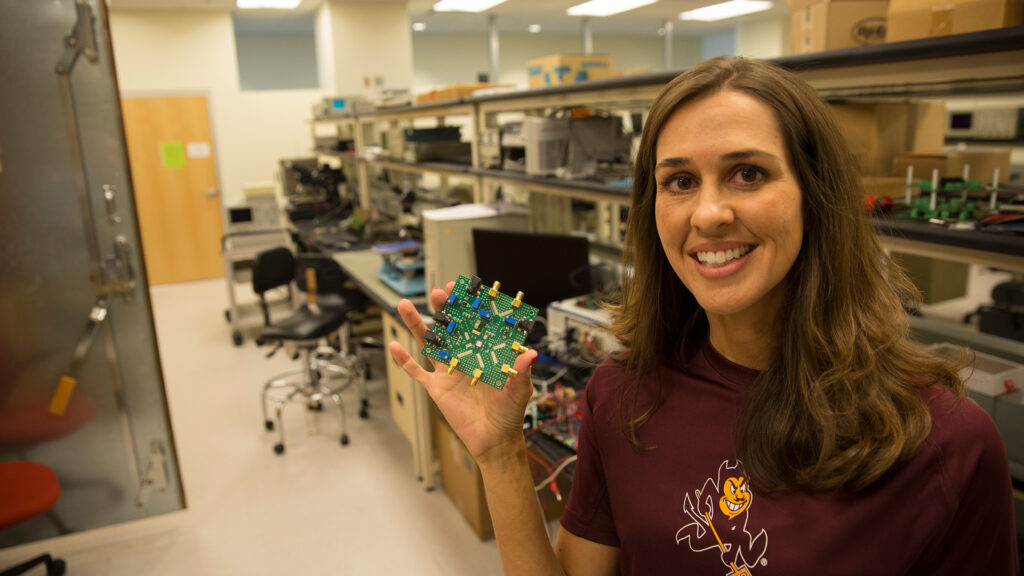
Electronic and mixed-signal circuit design
Electronic and mixed-signal circuit design creates the semiconductor chips that control most modern devices, including appliances, cars and phones.
The School of Electrical, Computer and Energy Engineering’s electronic and mixed-signal circuit design curriculum includes five upper-division undergraduate courses and more than 10 graduate-level courses in the area.
With the support of the semiconductor industry and government agencies, these centers have established a state-of-the-art educational program in very large-scale integration (VLSI) design, modeling, mixed-signal and radio-frequency (RF) integrated circuits design.
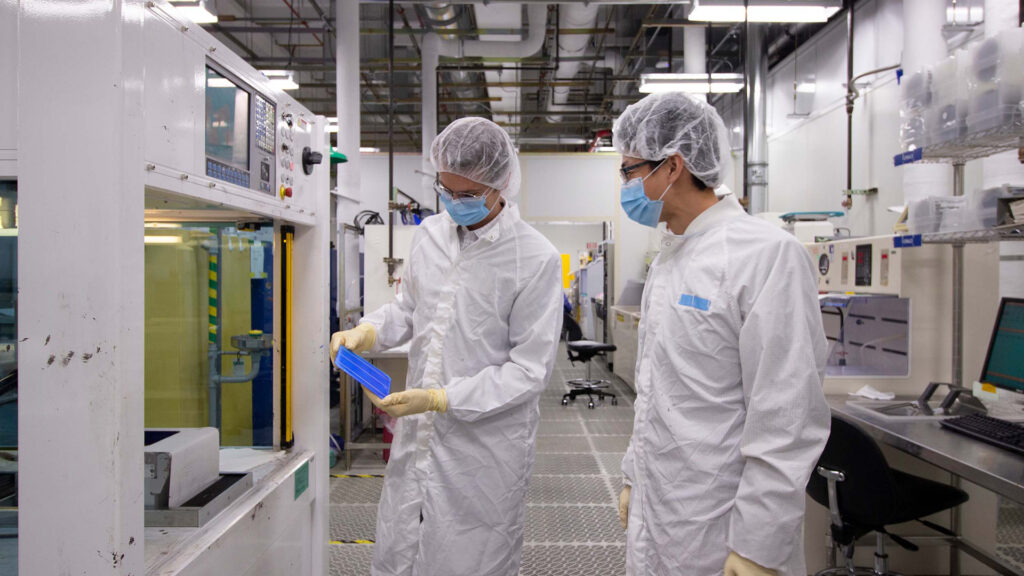
Physical electronics and photonics
Physical electronics and photonics are those that interact with light, such as solar panels.
The School of Electrical, Computer and Energy Engineering’s physical electronics and photonics curriculum includes five upper-division undergraduate courses and 14 graduate courses in the areas of semiconductor devices and materials, characterization, photonic and photovoltaic devices, semiconductor processing and intelligent control, nanoelectronics, molecular electronics, transport and computational electronics, as well as occasional specialty courses.
The faculty in the physical electronics and photonics program are actively pursuing research in many areas of semiconductor materials and devices. They engage students in the MSE, MS and PhD programs. Research is typically supported by the National Science Foundation, the U.S. Department of Defense, the U.S. Department of Energy and private industry.
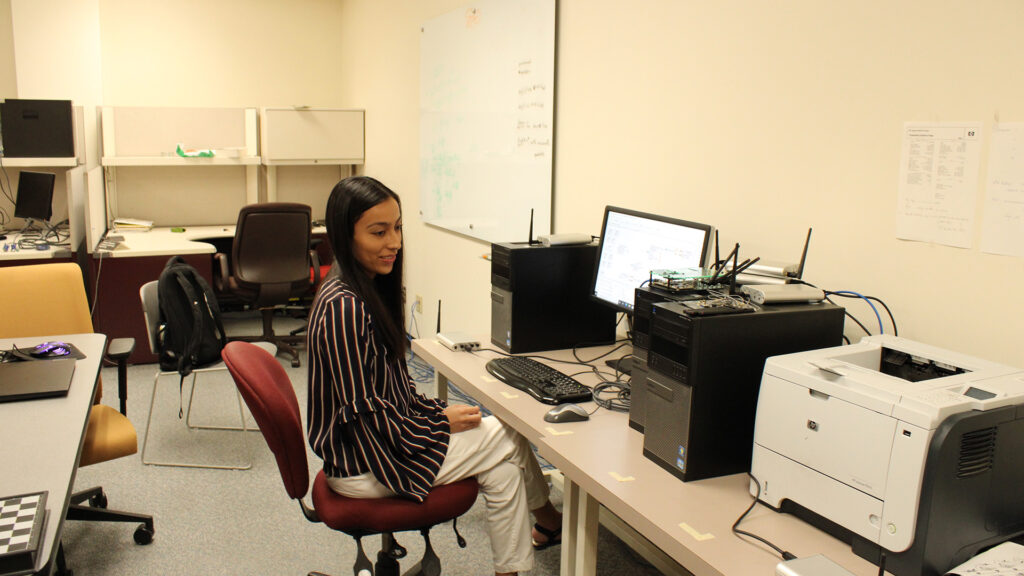
Signal processing and communications
Signal processing and communications devices include sensors that provide feedback to various types of devices.
The School of Electrical, Computer and Energy Engineering offers instruction in the related areas of signal processing and communications systems at the graduate level. Courses are also offered for beginning graduate students in the field to bridge any gaps that might exist between undergraduate course work and the 500-level offerings at ASU.
Students may choose from among several 500-level courses, ranging from offerings primarily intended for first-year students to special topic courses designed to acquaint advanced graduate students with research topics of current interest.
Research topics
Check out each link to learn more about a research area and view faculty who specialize in it.